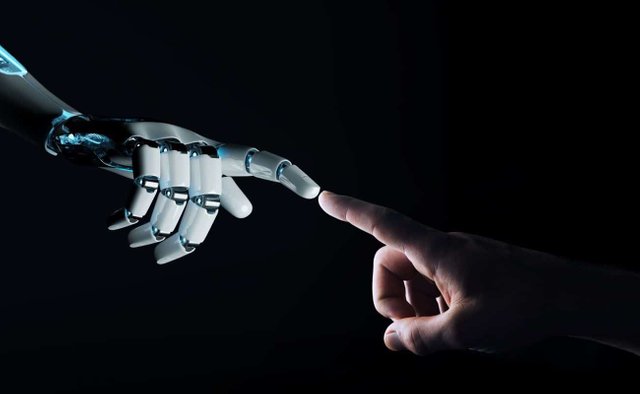The Rise of Generative Artificial Intelligence: Revolution or Threat?
The Rise of Generative Artificial Intelligence: Revolution or Threat?
In recent years, generative artificial intelligence (generative AI) has ceased to be a futuristic concept and has become a tangible reality that is transforming industries, businesses, and the way we interact with technology. From the automatic creation of texts and images to the automation of complex processes, this technology opens up a range of opportunities, but also poses significant ethical, social, and labor challenges.
What is Generative Artificial Intelligence?
Generative AI is a type of artificial intelligence capable of creating original content—whether text, images, music, or even videos—from patterns learned from previous data. Unlike other AI systems that only analyze or classify information, generative AI produces novel results, similar to what a human could create.
Applications that are already changing the game
Currently, generative AI is used in multiple areas:
Content creation: From writing articles and social media posts to generating artistic images and personalized designs.
Customer service automation: Intelligent chatbots that respond naturally and solve problems in real time.
Digital personalization: Platforms that tailor unique experiences for each user, improving interaction and satisfaction.
These applications not only optimize time and resources, but also open the door to innovations that seemed impossible a decade ago.
Benefits: Why so much attention?
Efficiency and productivity: Generative AI can perform repetitive and creative tasks at high speed, allowing people to focus on more strategic tasks.
Cost reduction: By automating processes, many companies can save on human and material resources.
Ability to solve complex problems: In fields such as medicine and engineering, AI helps generate innovative solutions based on large volumes of data.
But not everything is rosy: the challenges and risks
With all this progress, legitimate concerns also arise:
Ethics and oversight: To what extent should we trust decisions made by machines? How can we avoid biases or errors in autonomous systems?
Job impact: Automation can displace traditional jobs, making it urgent to adapt and continuously retrain the workforce.
Disinformation: The ease with which false or manipulative content is generated represents a challenge to truth and public trust.
What does the future hold?
Trends point to an ever-deeper integration of generative AI into our daily lives:
Personal devices with much more advanced and personalized AI assistants.
Creation of immersive virtual worlds generated in real time for entertainment, education, and work.
Human-machine collaborations that enhance creativity and innovation.
The future is promising, but it requires a responsible framework to guide the development and use of these technologies.
Conclusion: The Balance Between Opportunity and Responsibility
Generative artificial intelligence has the potential to revolutionize the way we work, create, and live. However, it is crucial to address the risks it brings with an ethical, educational, and collaborative approach.
As users and creators, we have the power and responsibility to promote conscious adoption, where technology serves to enhance the common good, without neglecting the humanity that distinguishes us.
Do you want to be part of this technological revolution? Stay informed, learn about AI, and actively participate in the dialogue about its future.
